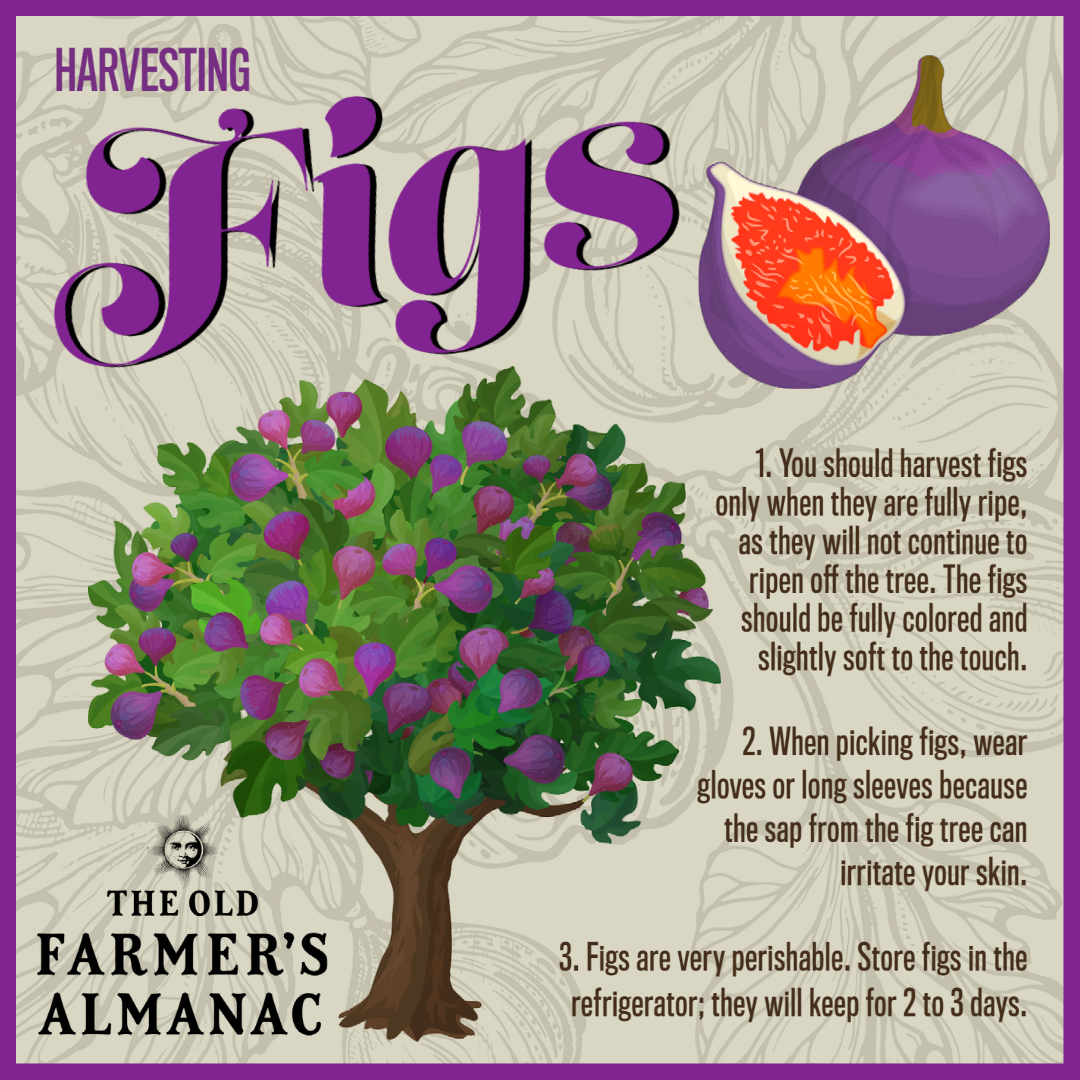
Sign up for our daily newsletter to get gardening tips and advice.
Planting, Growing, and Harvesting Figs
ADVERTISEMENT
I just joined another Fig forum and I noticed they have the same issue in common as this one. No Reply's.
I'll attempt to ask two questions with the hope of answers. 1) In south Florida we have nematodes. Is there something I can do to solve this issue? 2) One of our planted fig trees has several spouts growing up from the root system. Should I select the best and cut back the 4 or 5 others?
Hi, Randy. If your fig tree has root knot nematodes, your best option is to fertilize often. Once an infestation sets in, it is extremely difficult to get rid of it.
You can replant the suckers to grow new fig trees. If you leave them attached, they will divert growing energy from the parent fig.
I was given two fig trees by a relative. They've grown great here in the Piedmont, NC. I'm not sure of the variety of fig, but we get an abundance of them, but they've never turned purple. I've seen them when they're supposedly ripe (kind of limply hanging on the tree), but never purple, never sweet. I'm at a loss for what's going on.
My greet produces well but the figs are dry and woody and very little flavor. Seems to ripen but maintains pulpy texture and no flavor. What should I do?
Figs are tricky to harvest as they need to be picked when they are fully ripe because they will not continue to ripen once picked.
With that being said, there could be other issues that led to your figs lacking that delicious flavor. Prolonged periods of heat or drought can affect the taste as can too much water. If it is an issue with lack of water, using straw or mulch to help with moisture retention would help. Fig trees also need 8 hours of sunlight a day and less than that can hinder the production of natural sugars. Figs don’t always require fertilization, but the addition of phosphorus and potassium help with fruit growth. Too much nitrogen may cause your tree to focus on growth instead of fruiting. Fertilizer should be added when the tree is dormant during the late fall, winter, and again in early spring.
It could also be a sign of disease, as fungi and bacteria brought about by insects can also cause a bland flavor of ripe figs. Checking your fruit for insects would be a way to see if there is a need for pest control or to rule it out as an issue.
All my fig trees were getting to tall and spreading over my neighbors yard. I pruned all my fig trees last winter. This spring they all looked really good. The largest tree really had an abundant crop. Before the figs ripened, on the largest tree, all the leaves started turning yellow and falling off. The tree now appears to be dead. The others are doing well. Is there any way to get the tree to revive next spring or should I just dig it up?
My experience is the fig tree is most likely lost. I would dig it up and replant.
Good luck.
PS…I love figs any way you prepare them, but eating from the tree is my favorite.
How long does it take before I can expect to see fruit on my fig tree? I planted it in a container this spring and it is growing very well outside. Will it produce figs the first year?
A good variety of fig should produce fruit the first year if it is grown from a cutting of a mature tree; 'however poor varieties or those produced from tissue culture can take up to 4 years to ripen fruit .
How long does it take to fruit? What to do for slow growth?











